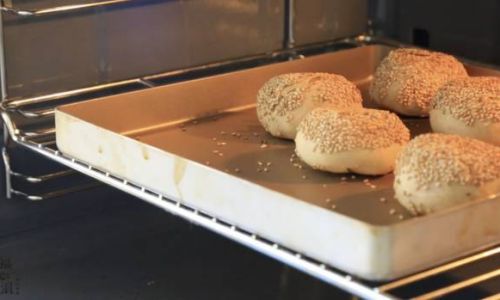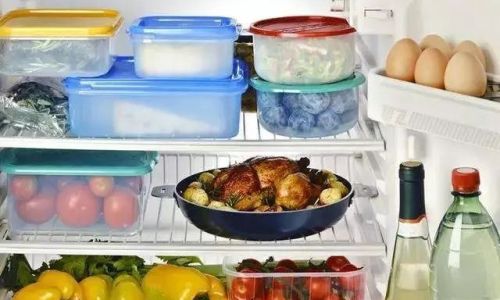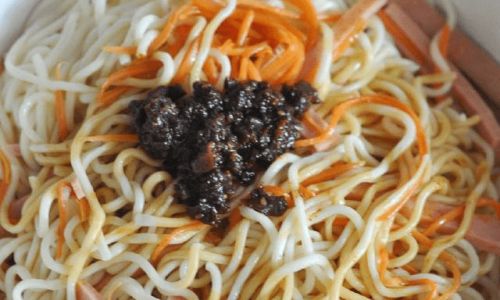The age-old question of whether cakes belong in the refrigerator has sparked heated debates among bakers, home cooks, and dessert enthusiasts alike. On one side, advocates argue that refrigeration extends a cake’s shelf life, prevents spoilage, and maintains freshness. On the other, critics claim that cold temperatures dry out cakes, dull flavors, and compromise texture. This article dives into the science, myths, and practicalities of storing cakes, exploring how different factors—from ingredients to environmental conditions—influence this decision. By the end, you’ll have a clear roadmap to decide whether your next slice of cake should greet the chilly depths of your fridge or bask in the ambiance of your kitchen counter.
The Basics of Cake Storage
Cakes are delicate creations, blending flour, sugar, fat, eggs, and leavening agents into a symphony of textures and tastes. Their perishability hinges on ingredients like dairy (butter, milk, cream cheese) and eggs, which can spoil if left at room temperature for too long. However, not all cakes are created equal. A simple sponge cake, for instance, might fare differently than a decadent chocolate layer cake with ganache filling. The key lies in understanding your cake’s composition and the environmental risks it faces.
Refrigeration’s Role in Food Safety
Refrigerators slow bacterial growth by keeping foods below 40°F (4°C), a critical factor for cakes containing perishable ingredients. If your cake is topped with fresh fruit, whipped cream, or cream cheese frosting, refrigeration becomes non-negotiable. These additions are highly prone to mold and bacterial contamination, especially in warm climates. Leaving such cakes unrefrigerated for more than two hours (as per food safety guidelines) could invite foodborne illnesses.
The Texture Trade-Off
Here’s the catch: while refrigeration safeguards against spoilage, it can wreak havoc on a cake’s texture. Cold air is notoriously drying, pulling moisture from cakes and leaving them stiff, crumbly, or even stale. This is because starch molecules in the cake retrograde—or realign—in cold temperatures, accelerating the staling process. Imagine biting into a once-fluffy vanilla layer cake only to find it transformed into a dense, dry brick. Not ideal.

The Science Behind Refrigeration and Cake Quality
To grasp why refrigeration affects cakes, we must explore the chemistry of baking. Cakes rely on emulsions of fat and water, trapped air bubbles from leavening agents, and the gelatinization of starches during baking. These elements create the tender crumb and soft mouthfeel we adore. However, refrigeration disrupts this balance.
Moisture Loss and Condensation
When a cake is placed in the fridge, the cold air causes moisture on its surface to evaporate. Over time, this leads to a drier cake. Worse, removing the cake from the fridge triggers condensation as warm air meets the cold surface, resulting in a soggy, sticky exterior. This moisture imbalance can ruin even the most meticulously crafted dessert.
Flavor Alteration
Cold temperatures also mute flavors. A cake stored in the refrigerator might taste less vibrant, as chill numbs the taste buds’ sensitivity to sweetness and complexity. This is why many pastry chefs recommend serving cakes at room temperature—to allow flavors to bloom.
Factors Influencing the Refrigeration Decision
Not all cakes require the same storage approach. Here’s how to tailor your decision based on key variables:
-
Cake Type and Ingredients
- Butter-Based Cakes: Rich in fat, these (like pound cakes) can be stored at room temperature for 2–3 days but may benefit from refrigeration in hot weather.
- Sponge Cakes: Light and airy, these dry out quickly. Refrigeration is risky; instead, store them in airtight containers at room temp.
- Cakes with Dairy or Egg-Based Fillings/Frostings: Always refrigerate. Cream cheese frosting, pastry cream, or custard fillings are breeding grounds for bacteria if left out.
-
Climate and Environment
- In humid or hot regions, cakes spoil faster. Refrigeration becomes a safer bet, even for non-dairy cakes.
- In cool, dry climates, room-temperature storage might suffice for shorter periods.
-
Toppings and Fillings

- Fresh fruit, whipped cream, or mousse layers demand refrigeration.
- Fondant-covered cakes or simple buttercream can often stay at room temp, provided they’re not exposed to heat.
Best Practices for Refrigerating Cakes
If refrigeration is unavoidable, follow these steps to minimize quality loss:
-
Wrap It Right
- Seal the cake tightly in plastic wrap or store it in an airtight container. This prevents moisture loss and absorption of fridge odors.
- For layered cakes, consider a cake carrier with a secure lid.
-
Bring It Back to Life
- Allow refrigerated cakes to sit at room temperature for 30–60 minutes before serving. This restores moisture and flavor.
- For stubbornly dry cakes, brush simple syrup (equal parts sugar and water, boiled) over the layers before serving.
-
Avoid Cross-Contamination
Place cakes on the top shelf of your fridge, away from pungent foods like onions or cheese.
Alternatives to Refrigeration
Refrigeration isn’t the only way to preserve your cake. Consider these alternatives:
-
Cool, Dry Storage

Store cakes in a pantry or cupboard away from sunlight and heat. This works best for cakes without perishable fillings.
-
Cake Keepers
Invest in a cake dome or a large, upside-down bowl to shield the cake from air and pests while maintaining slight humidity.
-
Freezing
For long-term storage, freeze cake slices wrapped in plastic and foil. Thaw in the fridge overnight and revive at room temperature.
Debunking Common Myths
-
“All Cakes Must Be Refrigerated”
False. Only cakes with perishable ingredients need refrigeration. A classic chocolate cake with buttercream can safely sit out for 2–3 days.

-
“Refrigeration Ruins Taste”
Partially true, but mitigable. Proper wrapping and timed revival can restore much of the flavor and texture.
-
“Cakes Last Forever in the Fridge”
No. Refrigeration extends life but doesn’t halt staling. Most cakes last 5–7 days in the fridge before quality declines.
Conclusion: Finding Your Cake’s Sweet Spot
The decision to refrigerate a cake boils down to three factors: ingredients, environment, and personal preference. If your cake contains dairy, eggs, or fresh toppings, err on the side of caution and refrigerate—but follow best practices to minimize texture issues. For simpler cakes in moderate climates, room-temperature storage might suffice. Ultimately, trust your judgment: a slightly stale cake is better than a foodborne illness, but a well-preserved cake can delight for days.
So, the next time you’re faced with a leftover slice, ask yourself: does this cake’s composition demand refrigeration? Is my kitchen too warm? Am I willing to revive it properly before serving? Answer these questions, and you’ll never wonder, “Can this cake go in the fridge?” again. Happy baking!





0 comments